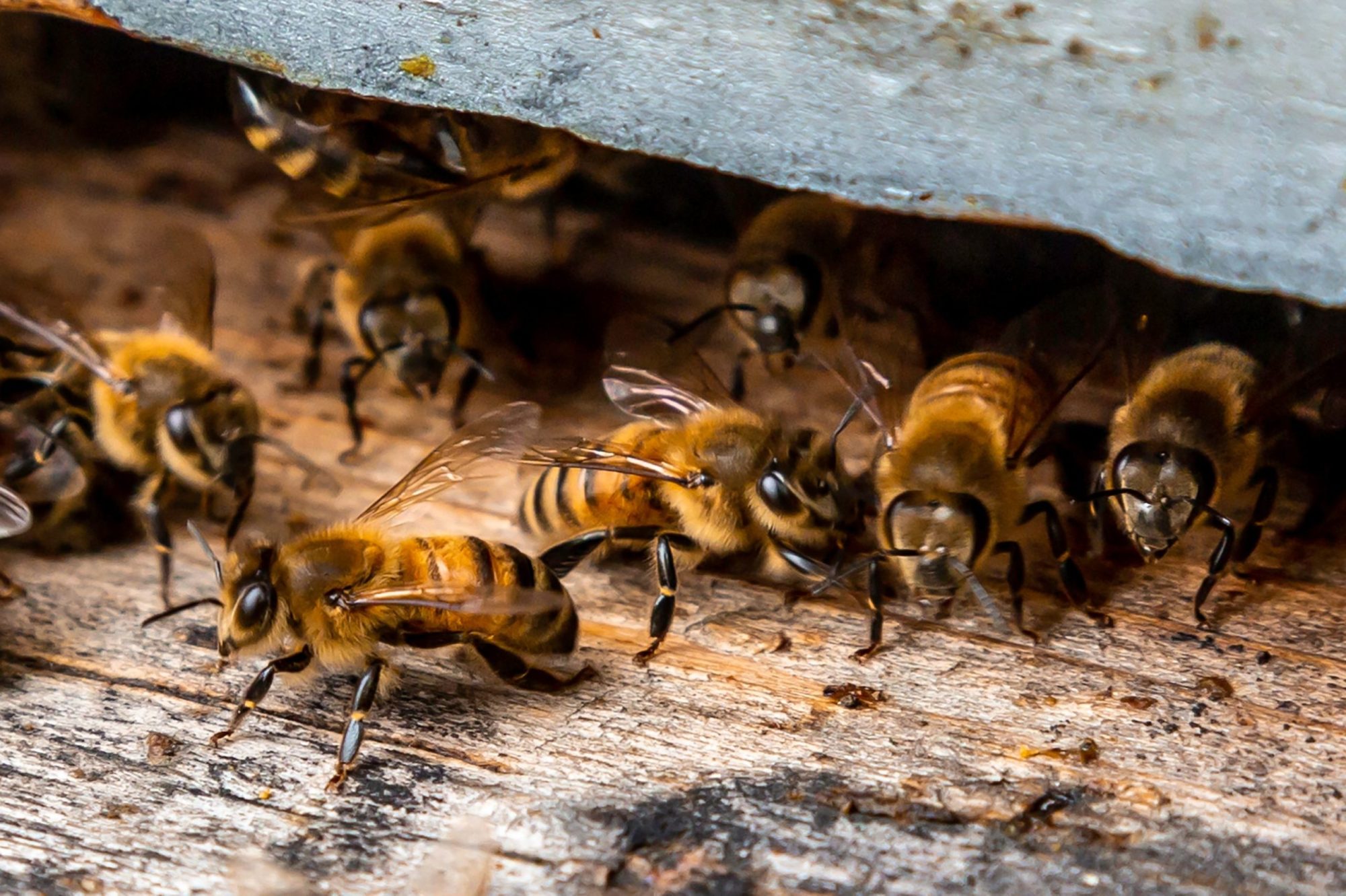Bee Farm on the Big Island

Honey is a natural sweetener that takes on the flavor profiles of the blossoms visited by the bees. Hawaiian honey offers the unique taste of Hawaiian flowers that grow all year round. Visit the bee farm on the Big Island to learn more about what makes Hawaiian honey delicious and special.
Learning About Bees
Bees leave their hives to explore the areas around them. They collect pollen from the flowers growing in the vicinity. If you visit the bee farm on the Big Island, you can experience a tour of the bee keeping facility. The bees bring back pollen to their hives and use it to make honey. Then the honey is collected by hand by experienced bee keepers and sold in small batches.
The Bee Farm on the Big Island
Hawaiian flowers grow all year round. The beehives at the bee farm on the Big Island are moved to certain areas around the island to collect pollen from specific flowers. This is how the honey they produce comes in specific flavors such as Macadamia Nut Blossom or Lehua Blossom, which is produced from flowers growing on Mauna Loa.
This honey farm doesn’t use pesticides or herbicides, so their products are USDA Certified Organic.
What Challenges Face the Bee Industry?
Varroa mites are a parasite that can infect a bee colony. They can eat adult bees as well as the larvae and pupae of honey bee young. While it is not known how these mites have arrived in Hawaii, they can still do damage to bee colonies on the islands, causing low weight and weakness in adult worker bees as well as spreading viruses.
Because of this pressure, some honey production operations have begun to add sugar syrups to their honey. This adulterated “honey” drives down the price of honey, which makes it difficult for true honey producers to sell their pure honey.
Are Bees Native to Hawaii?
The bee farm on the Big Island uses imported bees that produce honey in colonies. However, there are native bees to Hawaii known as the Hylaeus, or yellow faced bee variety. These bees to not lay eggs in colonies. Instead, they are cleptoparasites, which means they lay eggs in nests that don’t belong to them and their offspring collects the food in the host nest.
There are more than 60 unique Hylaeus species and seven of them are actually endangered on the islands. The island environment does keep changing, but efforts are being made to preserve this interesting species.
Big Island Bees
Pollinators of all kinds are useful to keep flowers blooming throughout the islands. When you visit the Big Island, check out a bee farm to learn more about honey production in Hawaii. And definitely try their honey, it is so delicious. (Purchase on Amazon here.)
